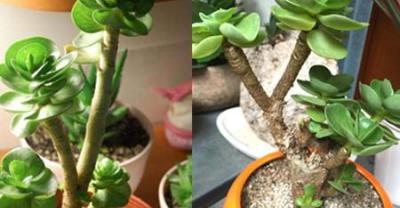Analysis of excessive ammonia nitrogen in Aquaculture Fish, Shrimp and Crab Pond
[cause analysis]
In the process of aquaculture, the problem of excessive ammonia nitrogen in ponds is often encountered. Excessive ammonia nitrogen will lead to the decline of immunity and resistance of farmed fish and shrimp, reduced food intake, slow growth, and prone to diseases.
There are three main sources of ammonia nitrogen in the pond: fish manure, fertilizer, residual bait and the decomposition of animal and plant carcasses; nitrite and nitrate are produced under the action of denitrifying bacteria when dissolved oxygen is insufficient; and fish and shrimp are metabolized and discharged into the water through gills and urine.
1. There are duck canopies, pig houses and so on beside the pond, and a large amount of feces are discharged directly into the pond every day.
2. in ponds where excessive use of strong chlorine, bleach and copper sulfate leads to the death of a large number of phytoplankton (that is, algae inversion), algae dumping is more common from May to September, and the danger in July and August is higher than that in other months, with high fish density and high temperature, especially in August. the temperature changes from high to low, and the upper and lower water convection is easy to flood the bottom, which leads to anoxic overturning of the pond.
3. A large amount of feed is fed, but the fish do not feed well in the pond
4. Ponds with too many zooplankton such as copepods, cladocera, rotifers and so on.
5. Ponds that do not clear silt, use microecological agents and improve sediment for a long time.
[solution] how to prevent ammonia nitrogen from exceeding the standard?
1. The fermented manure is put into the pond after fermentation. The oxygen consumption of fermented manure is lower than that of unfermented manure, and it is easier to be absorbed by algae.
2, strong chlorine, bleach, copper sulfate, etc., good use is "medicine", not good use is "poison", use with caution!
3. Carefully observe the feeding situation of fish, and the feeding amount should be adjusted from time to time according to the eating situation.
4. Kill too many zooplankton in time
5. Desilting regularly, using em strain and changing the bottom of black, among which the effect of microecological preparation is better, but it needs to be persisted and used for a long time.
[expanded reading] so how to control ammonia nitrogen in water?
1. After the end of culture, dredging and drying ponds were carried out, and quicklime, strong chlorine and bleach were used to disinfect the bottom of the pond to remove ammonia nitrogen.
two。 Water exchange is the most rapid and effective way, which requires that the quality of the new water added is good, and the temperature and salinity of the new water are as close as possible to the original pool water.
3. Cultivate a good algal phase in the pond, use aerator and bottom aerator to maintain sufficient dissolved oxygen, speed up nitrification and reduce the concentration of ammonia nitrogen.
4. The use of high-quality feed, reduce feed coefficient, avoid excessive feeding, reduce residual bait, reduce ammonia nitrogen emissions.
5. In the process of breeding, microecological agents such as ammonia nitrate, photosynthetic bacteria and EM bacteria are regularly used to oxidize harmful ammonia nitrogen into nitrate that can be absorbed and utilized by algae.
6. Other measures include reasonable stocking density, regular detection of water quality indicators, control of water pH between 7.6 and 8.5, avoiding excessive pH in ponds, etc.
- Prev

Increase knowledge | Culture methods of succulent plants (beginner)
As the name implies, succulent plants are called succulent plants because they are watery and succulent.
- Next

Is black shell shrimp easy to raise? How to breed
I believe that the shrimp that fish culture friends most often come into contact with is black-shell shrimp, at the same time, black-shell shrimp has always been a favorite species of shrimp, so black-shell shrimp is easy to raise.
Related
- On the eggshell is a badge full of pride. British Poultry Egg Market and Consumer observation
- British study: 72% of Britons are willing to buy native eggs raised by insects
- Guidelines for friendly egg production revised the increase of space in chicken sheds can not be forced to change feathers and lay eggs.
- Risk of delay in customs clearance Australia suspends lobster exports to China
- Pig semen-the Vector of virus Transmission (4)
- Pig semen-the Vector of virus Transmission (3)
- Five common causes of difficult control of classical swine fever in clinic and their countermeasures
- Foot-and-mouth disease is the most effective way to prevent it!
- PED is the number one killer of piglets and has to be guarded against in autumn and winter.
- What is "yellow fat pig"? Have you ever heard the pig collector talk about "yellow fat pig"?

